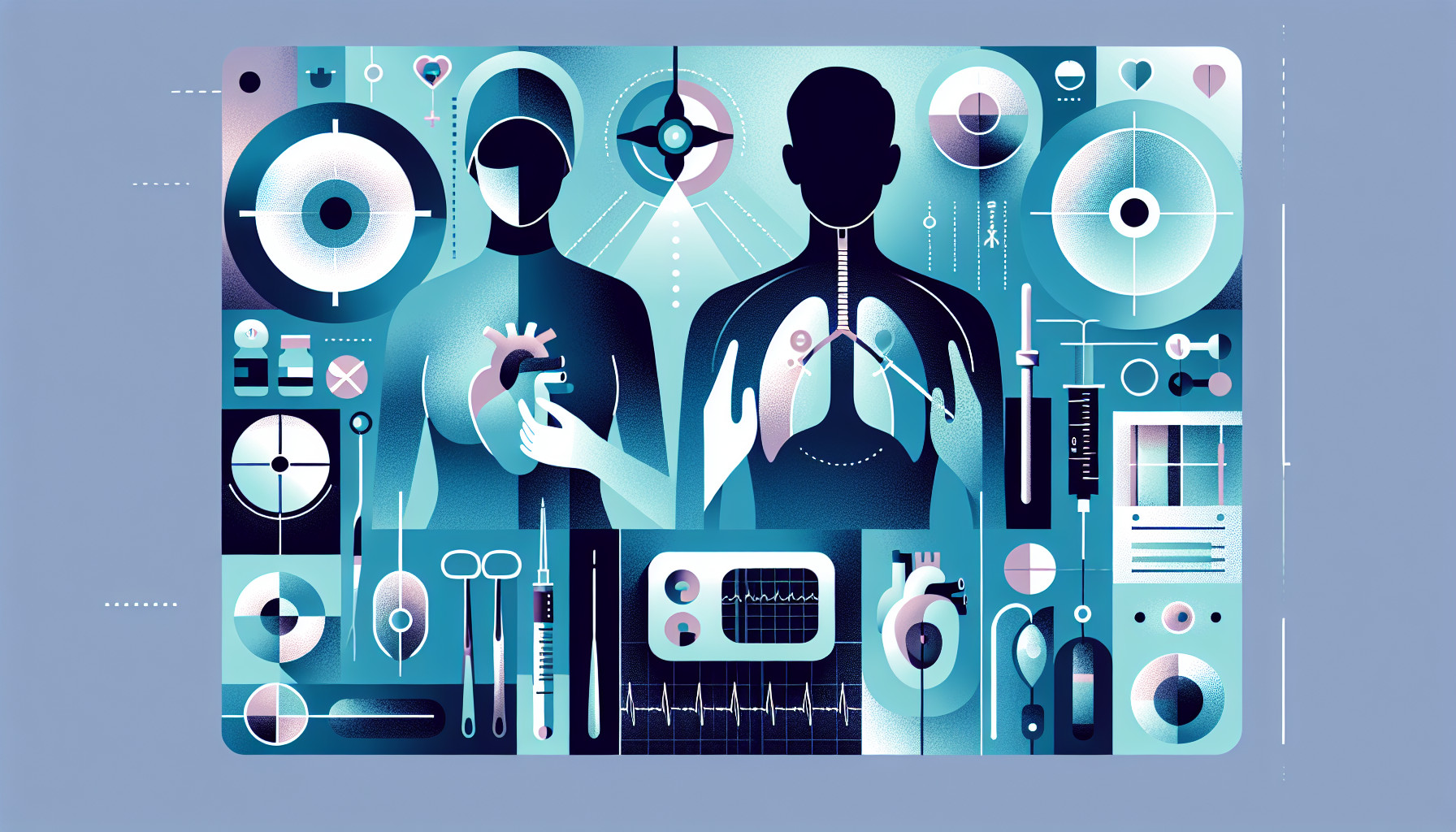Our Summary
This research paper discusses how advancements in technology, specifically three-dimensional (3D) printing, have improved thoracic (chest) surgery. It explains that 3D printing allows for the creation of complex, patient-specific chest wall prosthetics, which greatly benefit patients and doctors alike.
In addition, the paper highlights the significant role of 3D printing in surgical education. It mentions the development of a highly realistic artificial chest simulator for surgical training, which accurately mimics human anatomy and helps in practicing minimally invasive lobectomy (a surgery to remove one of the lobes of the lung).
In simpler terms, the paper demonstrates how 3D printing has brought a revolution in the field of chest surgery, not just in terms of patient treatment but also in training future surgeons.
FAQs
- How has three-dimensional printing benefitted thoracic surgery?
- What role does three-dimensional printing play in surgical education and training?
- Can you provide details on the patient-specific chest wall prosthesis developed using three-dimensional printing?
Doctor’s Tip
One helpful tip a doctor might tell a patient about thoracic surgery is to follow all pre-operative instructions carefully, including fasting guidelines and medication instructions. This will help ensure a successful surgery and a smooth recovery process. Additionally, it is important to communicate openly with your healthcare team about any concerns or questions you may have before and after the surgery. Following post-operative care instructions, such as taking prescribed medications and attending follow-up appointments, is also crucial for a successful recovery.
Suitable For
Patients who may be recommended for thoracic surgery include those with:
- Lung cancer
- Esophageal cancer
- Chest wall tumors
- Benign lung tumors
- Severe lung infections
- Severe emphysema or COPD
- Severe asthma
- Severe chest trauma
- Severe pleural diseases
- Esophageal motility disorders
Thoracic surgery may be recommended as a primary treatment option or as part of a multidisciplinary approach to manage these conditions. It is important for patients to consult with their healthcare provider to determine if thoracic surgery is the appropriate treatment option for their specific condition.
Timeline
Before Thoracic Surgery:
- Patient is diagnosed with a thoracic condition that requires surgical intervention.
- Patient undergoes preoperative evaluation, including medical history, physical examination, and imaging tests.
- Surgical team discusses the procedure, potential risks, and benefits with the patient.
- Patient may undergo additional preoperative tests or consultations with other specialists.
- Surgical team plans the procedure, including determining the approach and any necessary prostheses.
After Thoracic Surgery:
- Patient undergoes thoracic surgery, which may involve chest wall reconstruction or lobectomy.
- Patient is closely monitored in the postoperative period for complications and recovery.
- Patient may undergo physical therapy or rehabilitation to aid in recovery and restore lung function.
- Follow-up appointments are scheduled to monitor the patient’s progress and address any concerns.
- Patient may require ongoing care or additional interventions depending on the outcome of the surgery.
What to Ask Your Doctor
What specific type of thoracic surgery do I need and why?
What are the potential risks and complications associated with the surgery?
How experienced are you in performing this type of surgery?
What is the expected recovery time and rehabilitation process after the surgery?
Will I need any additional treatments or therapies after the surgery?
Are there any alternative treatment options to consider?
Will I need a chest wall prosthesis or any other type of implant during the surgery?
How will the three-dimensional printing technology be used in my surgery?
Can you provide any information or examples of successful outcomes using three-dimensional printing in thoracic surgery?
What can I expect in terms of long-term outcomes and quality of life after the surgery?
Reference
Authors: Pontiki AA, Rhode K, Lampridis S, Bille A. Journal: Thorac Surg Clin. 2023 Aug;33(3):273-281. doi: 10.1016/j.thorsurg.2023.04.012. PMID: 37414483
